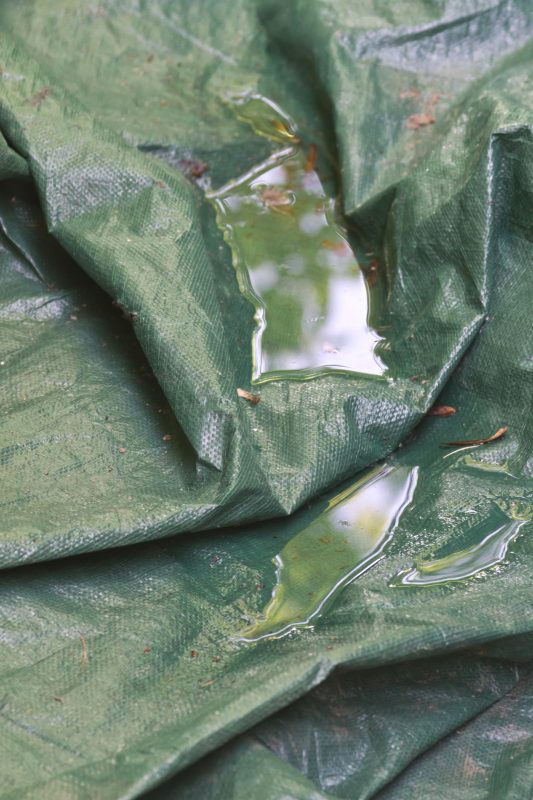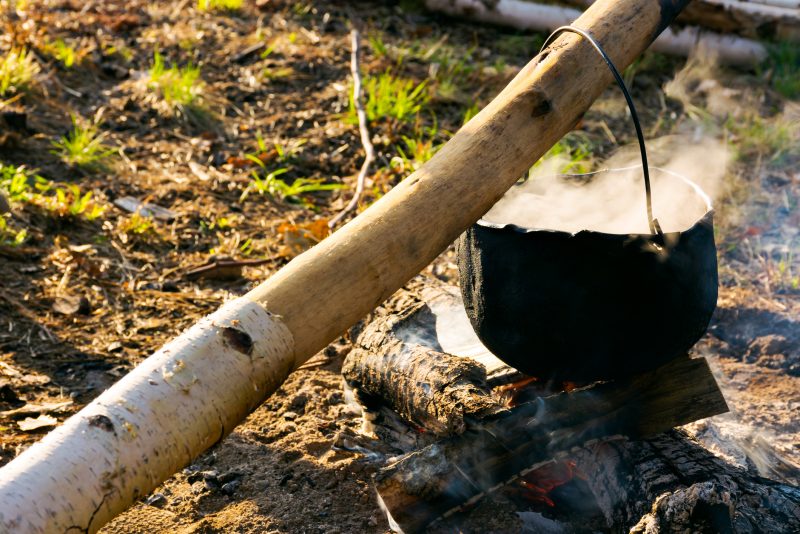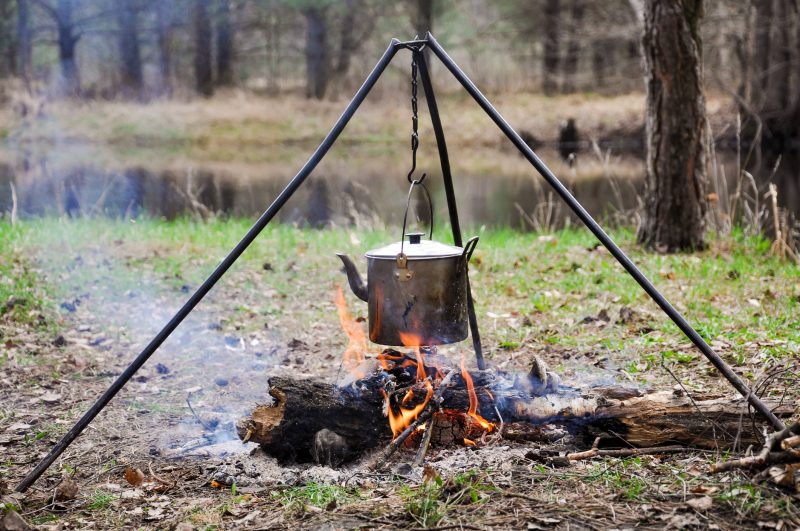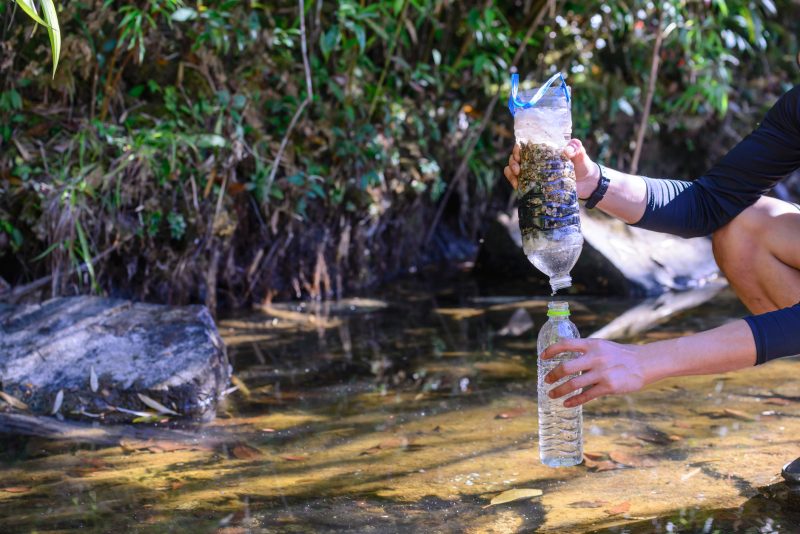Simple Water Purification Methods
How would you purify water in a wilderness survival situation if you did not have any water purification tablets or water filters with you?
You can only survive for three days without water, and within less than twenty-four hours alone, you are most certainly going to be feeling the extremely negative effects of dehydration (pounding headaches, a severe drop in energy, etc.)
In other words, going without water for an extended period in a survival situation is very dangerous to your health and eventually to your life. But drinking contaminated water could be even more dangerous than not drinking any water at all. Contaminated water could make you very sick and severely inhibit your survival efforts – if it doesn’t just kill you outright.
This is why one of the most important survival skills that you can learn is not just how to find water in the wilderness but how to purify water as well.
Here are the top water purification methods you need to know:
Water Still Method

The water still method allows you to collect water that is clean and safe to drink.
You need to dig a hole that is roughly one to two feet wide and an equal distance deep. Place a cup into the center of the hole and surround it with green vegetation. Then, cover the hole with a tarp or plastic sheeting and secure it with rocks on the corners. Place one more rock in the center of the tarp to weigh it down over the hole.
Over the course of the next twenty-four hours, water and condensation will drip down the tarp and into the cup. After that twenty-four hour period, you should have a few sips-worth of clean drinking water.
Boil

Boiling is without question the safest method of purifying water to make it safe to drink. While it cannot remove visible sediments, it can remove deadly and dangerous contaminants that you cannot see.
All you need to boil water is a fire and a metal container that can withstand the flames. After filtering the water (more on this in a second), simply hold the container over the flames until it comes to a boil.

Once the water is boiling, allow it to boil for at least fifteen minutes to ensure all harmful pathogens are killed.
After that, allow the water to cool and it should then be safe to drink.
Water Filter

If you don’t already have a water filter with you, you can still easily make your own. While a makeshift water filter is not going to eliminate pathogens and bacteria, it is going to eliminate visible offensive substances.
What you’re going to need is a plastic bottle (if you lack anything like it, you can take a sheet of tree bark and tie it into a cylindrical shape).
Use a knife to cut away the bottom of the bottle. Make sure that the cap is screwed over the other end of the bottle, but puncture holes through it that will enable water to flow through.
Next, add a layer of charcoal to the bottle.
Then, add one layer of sand into the bottle above the layer of charcoal. Above the layer of sand, add a layer of gravel.
Add a layer of grass above the gravel level.
Your water filter is now complete. Pour water through the open bottom part of the bottle (assuming that you have the water bottle turned upside down) and allow it to slowly filter through and be caught in a cup.
This may be a crudely-made water filter that is not as refined as one that you can buy either from Amazon or the local sporting goods store, but it is going to work and that’s what matters.





